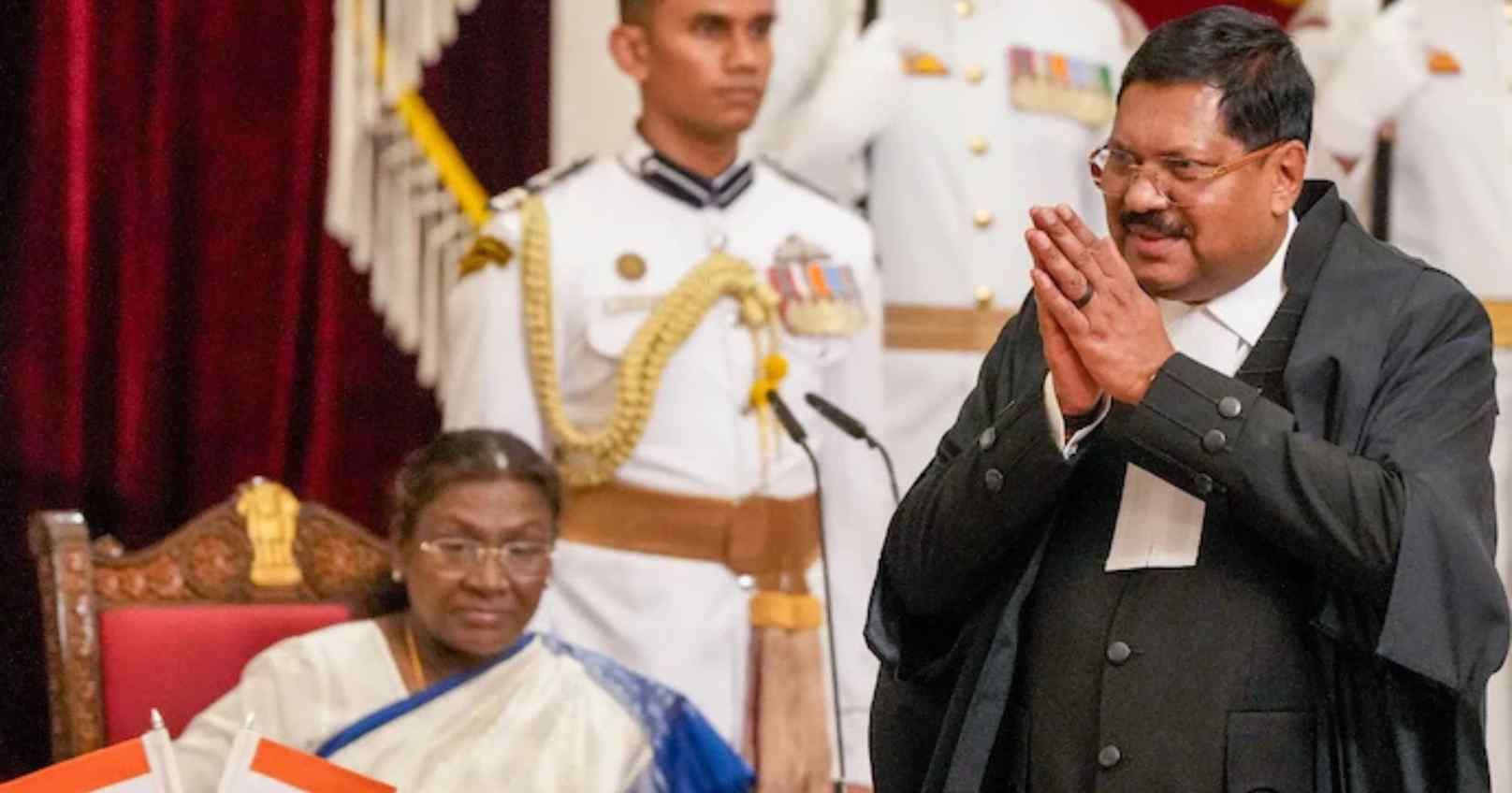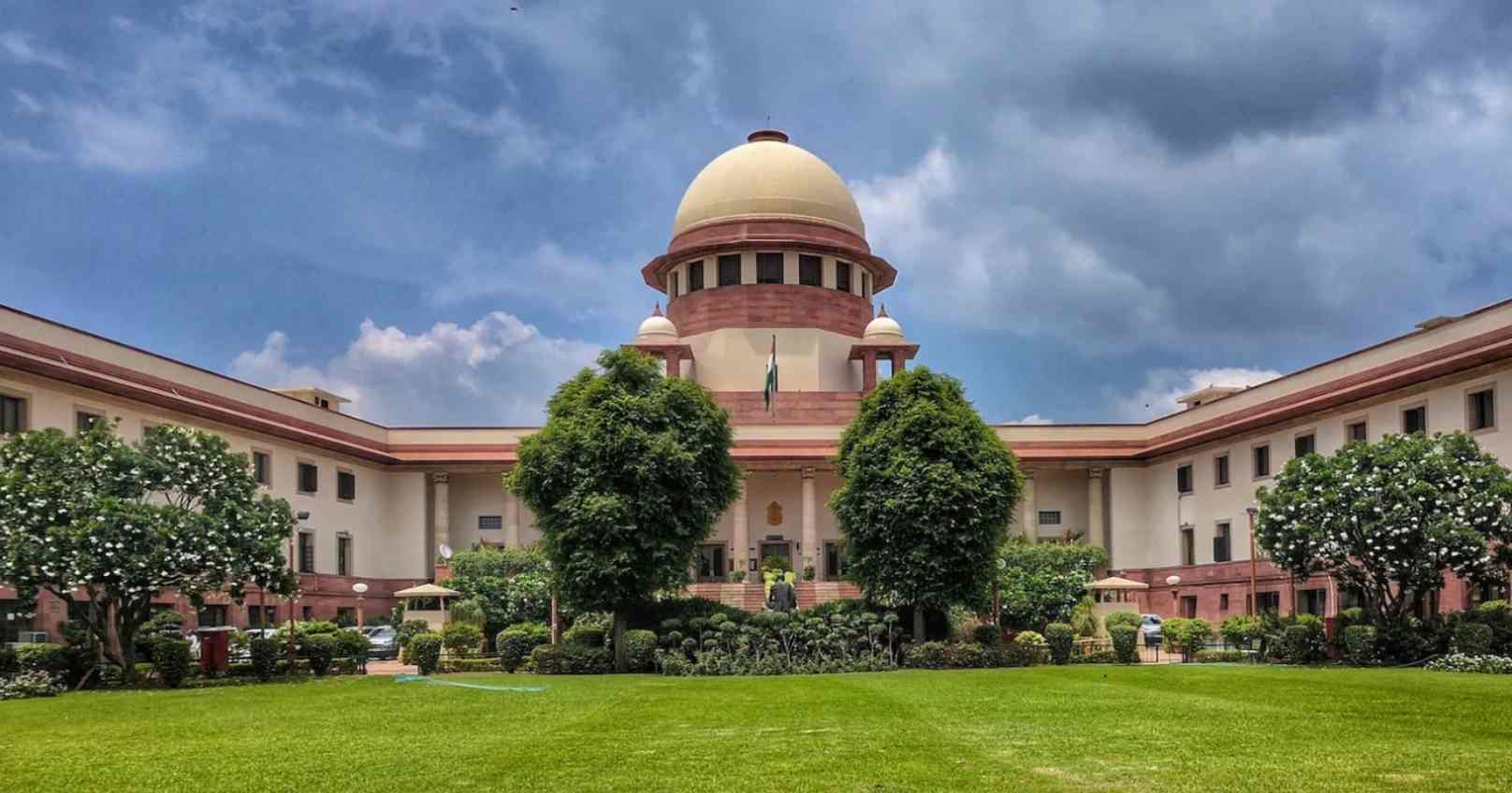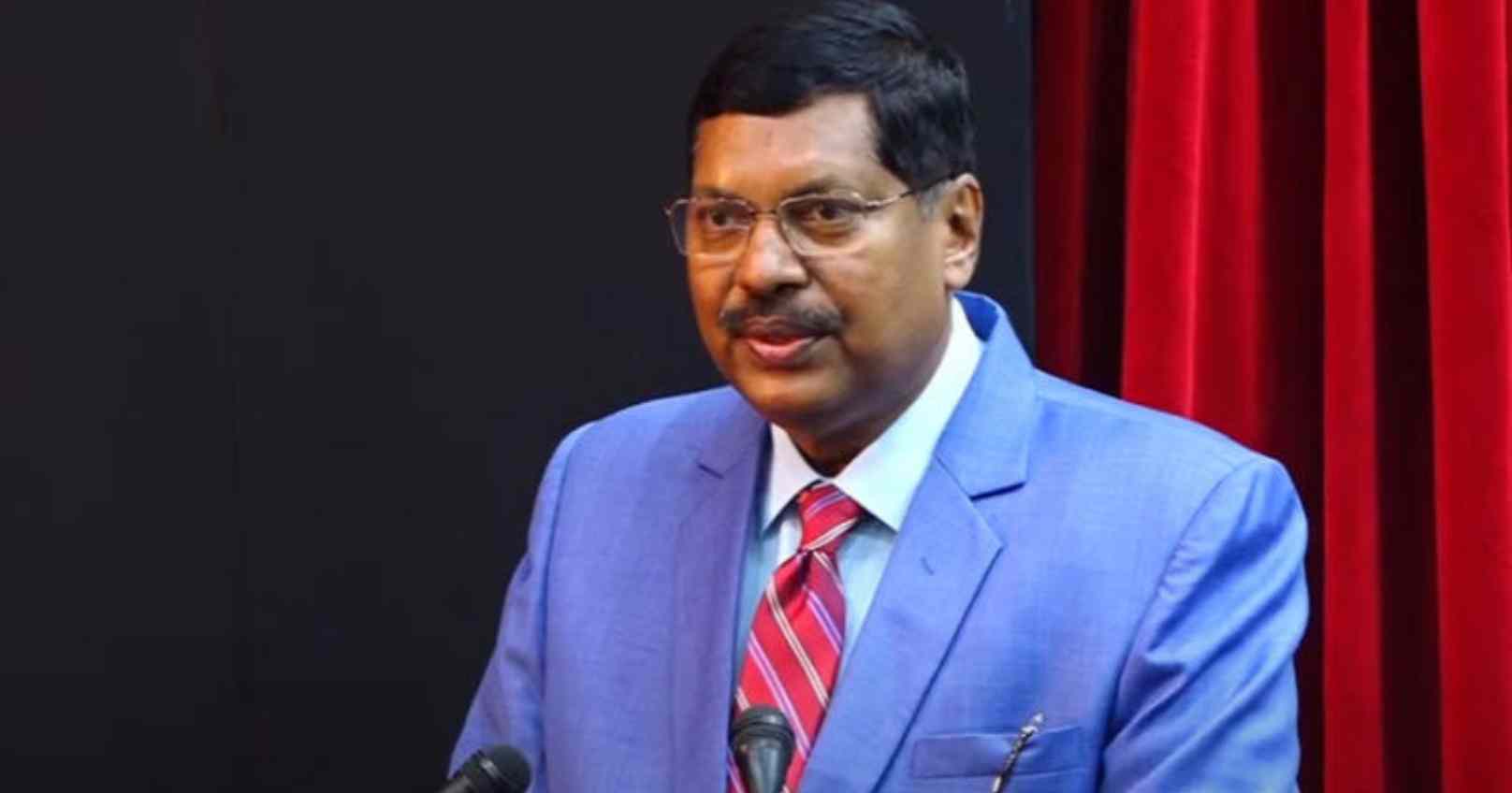As the rift between the judiciary and the executive continues to deepen, newly appointed Chief Justice of India (CJI) BR Gavai steps into office with significant constitutional questions awaiting his leadership — chief among them, whether the Supreme Court can impose timelines on the President and state Governors for clearing legislation.
Shortly after assuming office on Wednesday, CJI Gavai was faced with a presidential reference under Article 143 of the Constitution. President Droupadi Murmu has sought the court’s advisory opinion on a recent ruling by a two-judge bench that suggested governors and the President could be bound to act within a specific timeframe when granting assent to bills — an observation that emerged from the Tamil Nadu Governor verdict.
“Can the Supreme Court dictate timelines for constitutional authorities when the Constitution itself is silent on such a provision?” the President has asked the apex court, triggering a new debate on the limits of judicial interpretation.
In response to this reference, Chief Justice Gavai will be required to form a Constitution Bench — typically composed of five or more judges — to examine and respond to the 14 questions posed in the reference.
Some of the key constitutional concerns raised include:
-
Whether the Supreme Court, using its Article 142 powers, can override or substitute the discretionary powers of the President or Governor under the Constitution.
-
Whether state governments are exploiting the court’s plenary authority to bypass the executive.
-
On what basis timelines can be imposed on the President and Governors for assenting to state bills.
-
Whether a Governor’s decisions under Article 200 are open to judicial scrutiny.
Last month, Vice President Jagdeep Dhankhar had also criticised the Supreme Court’s invocation of Article 142 in the Tamil Nadu bills case. He called the court’s action — which directed the Governor to clear ten bills passed by the Tamil Nadu Assembly — an example of “judicial overreach,” arguing that it encroached upon the executive’s constitutional domain.
As CJI Gavai begins his tenure, the court’s response to the President’s reference will likely shape the balance of power between the judiciary and the executive for years to come.







